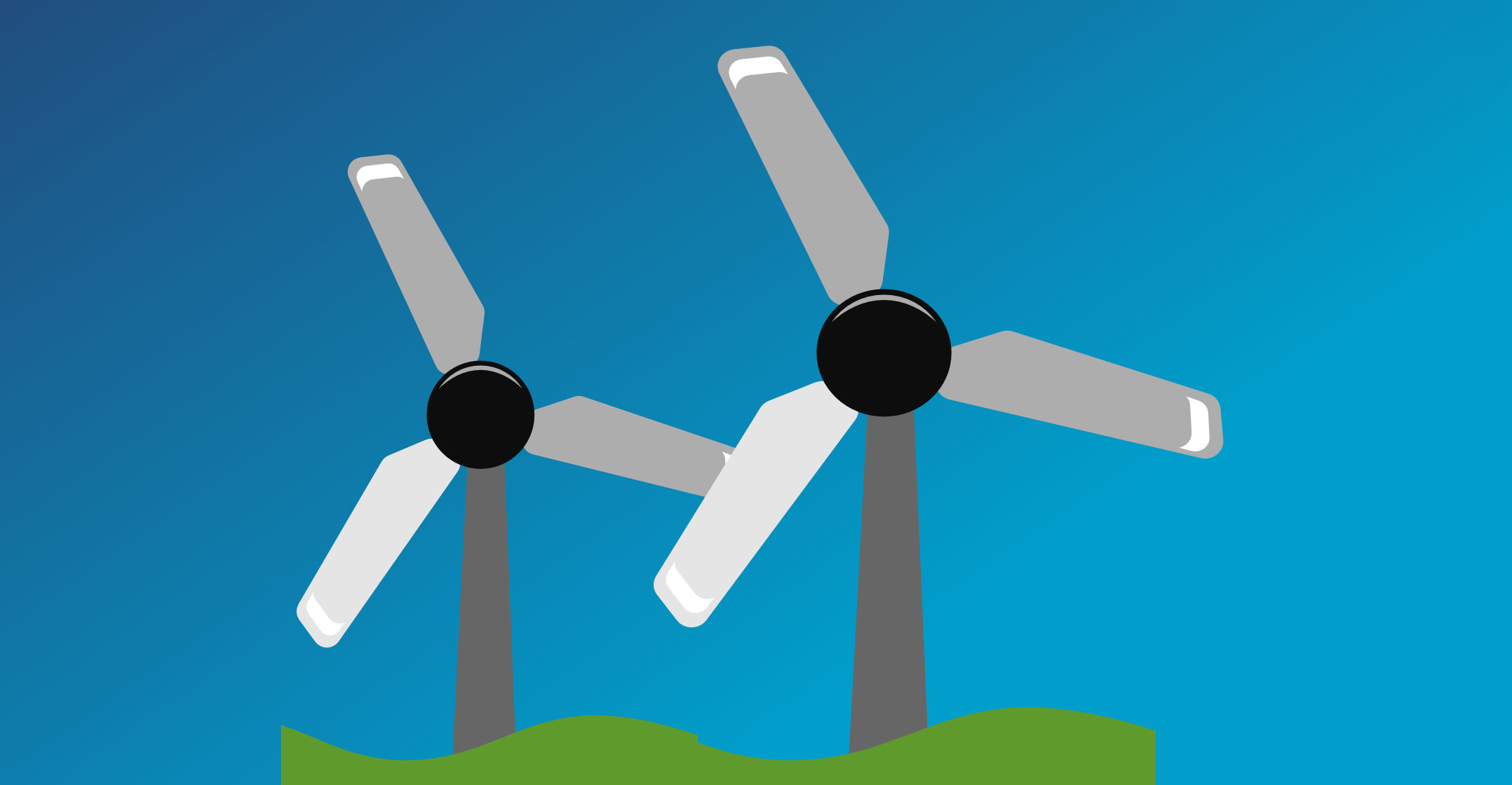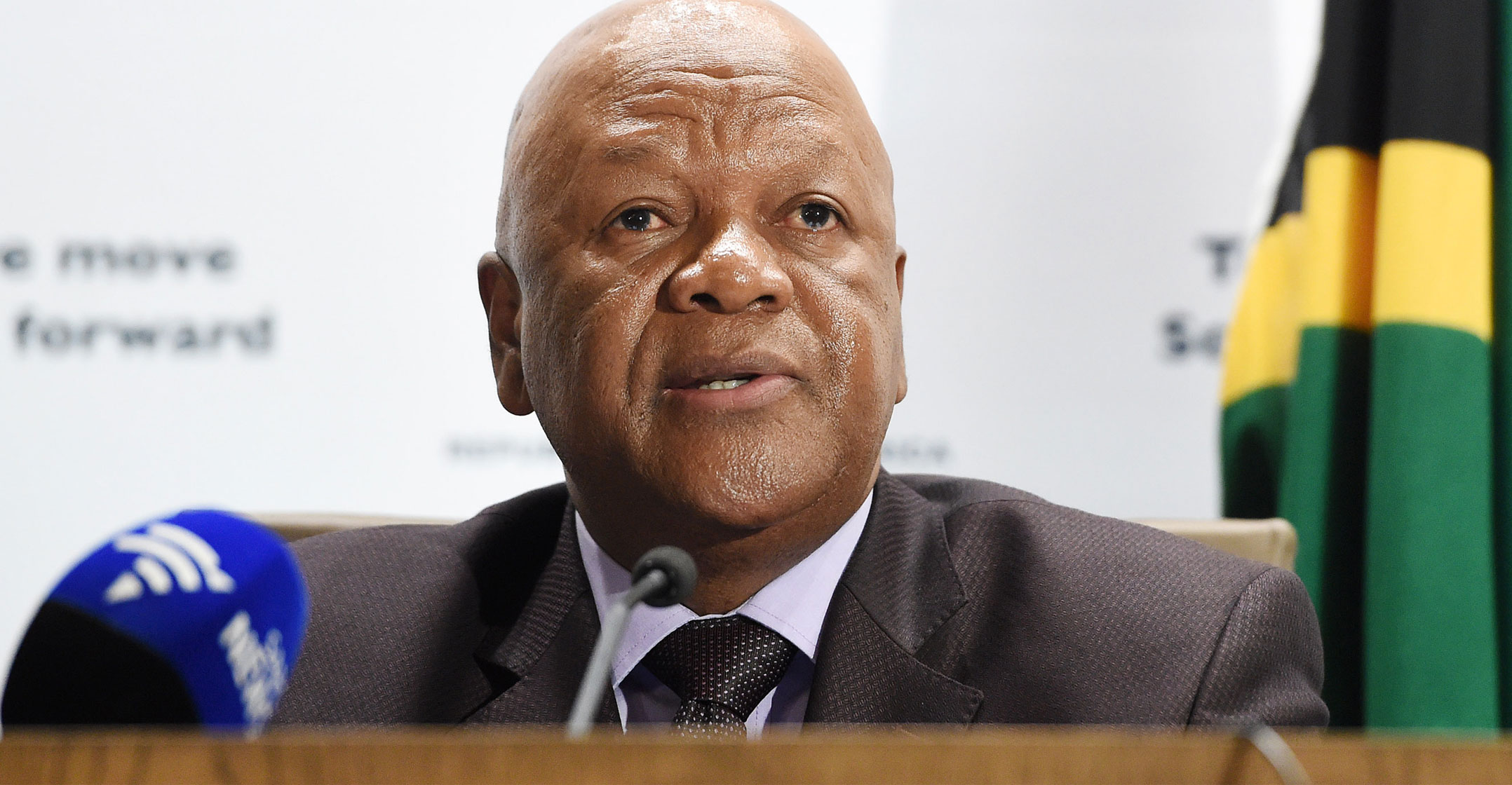 With South Africa’s state electricity utility in dire financial straits and straining to meet demand, the government has reverted to courting independent renewable energy producers to help power the economy.
With South Africa’s state electricity utility in dire financial straits and straining to meet demand, the government has reverted to courting independent renewable energy producers to help power the economy.
President Cyril Ramaphosa, his energy minister Jeff Radebe and the treasury have all recently heralded solar and wind-powered plants as the answer to meeting South Africa’s future electricity demands, citing falling costs and environmental considerations. The government also needs private investors to help fund new infrastructure: Eskom, which generates about 95% of the country’s power, can’t afford to maintain its ageing coal-fired plants, never mind build new ones, and the treasury has no cash to spare.
Renewable energy companies have reason to be sceptical. South Africa initiated one of the world’s most successful renewable-power programmes starting in 2011, which garnered more than R200-billion in investment from 112 producers. But projects were stalled for almost three years during ex-President Jacob Zuma’s rule as he and Eskom officials pushed to build nuclear plants, a deal that was tainted by corruption allegations and was shelved when Zuma was forced to step down a year ago.
“They’re putting things right,’’ said Mike Rossouw, an independent energy adviser. “The renewables outlook is getting better and better.’’
Eskom’s operational and financial woes stem from years of mismanagement and massive cost overruns on two new coal-fired power stations that should have been finished in 2015 but are running years behind schedule. The government now plans to split the utility, which produces three-quarters of its power from coal, into generation, transmission and distribution units in a bid to get it back on track. The move should make it easier for the renewable energy plants to supply the national grid.
That’s imperative because financiers are becoming increasingly reluctant to fund coal-fired projects, amid a global move toward more environmentally friendly forms of energy, according to Radebe.
On borrowed time
“Big, centralised power generation plants will disappear and be replaced by distributed generation, mini-grids and batteries,” he told reporters in Pretoria on 24 February.
South Africa’s draft energy plan through 2030 sees 24.4GW of generating capacity coming from wind, natural gas, solar and hydropower plants, which equates to about half of Eskom’s current installed capacity. Coal will probably be used to produce more than 65% of the country’s energy by 2030, according to the official blueprint.
The tumbling cost of renewable energy has made it all the more attractive. The average price paid to private producers that won projects in a fourth bidding round was 92c/kWh, down 67% from a first round, and 18c cheaper than the average cost of power from Eskom’s new coal projects, treasury data shows.

The government’s push for more renewable energy and a greater role for private investors has irked the country’s powerful labour unions, which are allied to the ruling party and fear Eskom and coal mines will fire workers en masse — a concern Ramaphosa says is unfounded. Brenda Martin, CEO of the South African Wind Energy Association, says the renewable power programme has already created about 36 500 jobs and has the potential to create many more.
The government needs to translate its renewed enthusiasm for green power into action by swiftly finalising its energy policy and seeking bids to build new plants if the industry is to realise its full potential, according to Peter Attard Montalto, the head of capital markets research at research company Intellidex.
The industry seems to be giving the government the “benefit of the doubt for the moment but will become more despondent if there is no movement before mid-year on these issues”, he said. — Reported by Paul Burkhardt, with assistance from Antony Sguazzin, (c) 2019 Bloomberg LP




